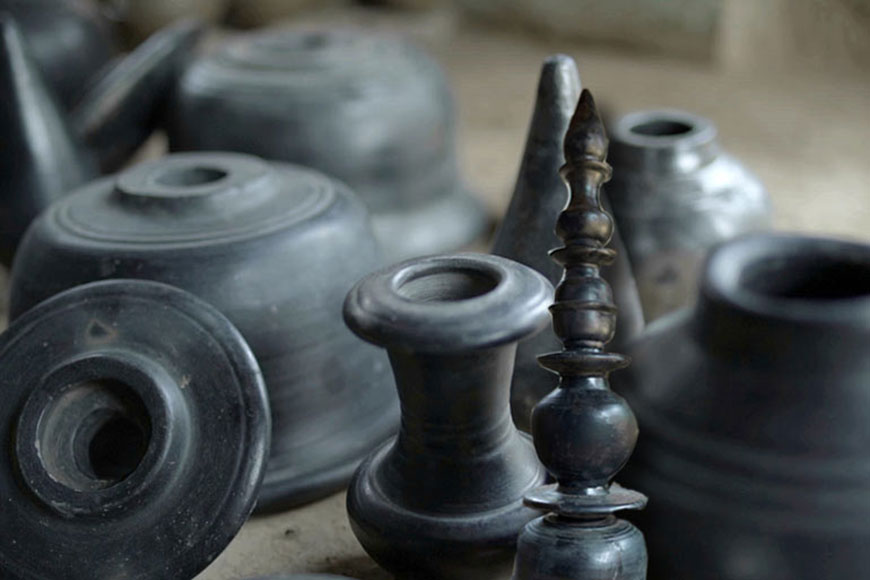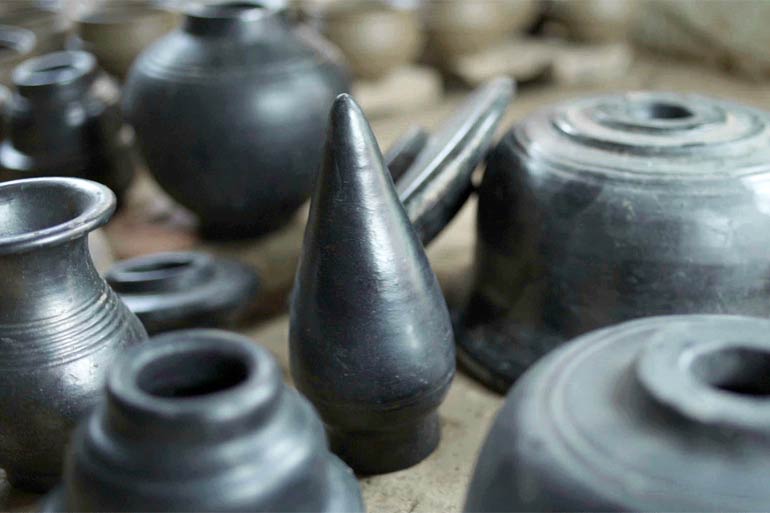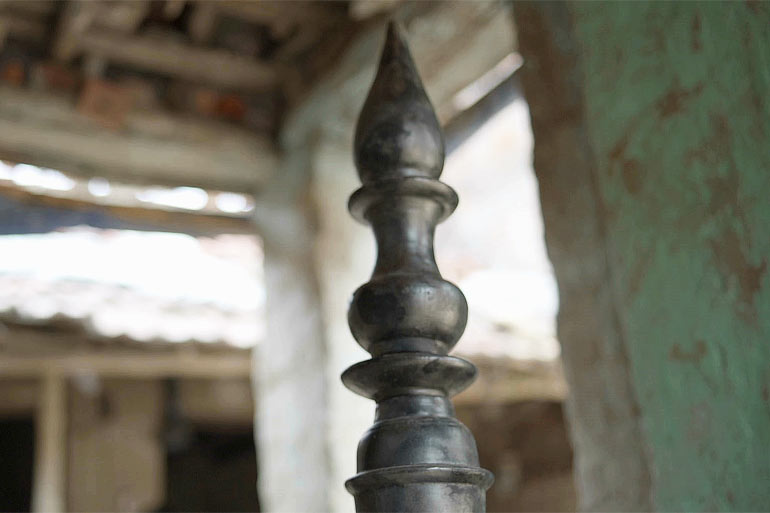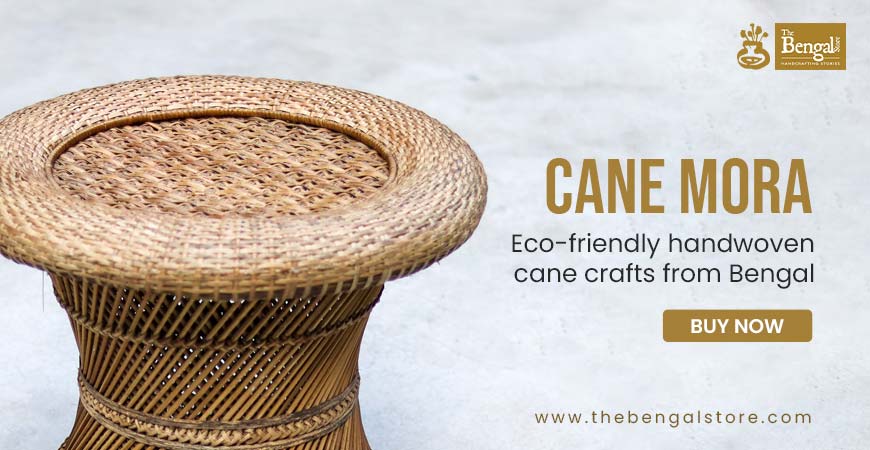For a thousand years, the Hindus of Kathalia have been crafting mosque minarets – GetBengal story

We are all familiar with the famous clay dolls of Kathalia village in Murshidabad. The red-and-black striped dolls from this place have been crafted since ancient times. Among the many types of dolls made in Kathalia, the Gowalini doll (milkmaid), Ukuntolani doll (nitpicker), baby-oiling doll, grinding doll, paddy-husking doll, soldier doll, elephant and horse dolls are quite popular. At present, these dolls are made by Sadhan Pal and his family members.
Along with dolls, this village is also famous for another unique craft. Across different parts of India, many mosques are adorned with black clay minarets. And it is only the potters of Kathalia who make these black minarets. The most astonishing fact is that the history of making mosque minarets in this village is over a thousand years old.

The ancient capital of Bengal’s first independent ruler, Shashanka, was at Karnasubarna, located very close to this village. The ruins of that capital still stand just two and a half kilometres away. During excavations there, archaeologists discovered not only clay dolls but also black mosque minarets. The very same kind of minarets are still being crafted today.
Currently, in the Bazaarpara and Palpara areas of the village, 185 families are engaged in pottery work. Altogether, there are more than 400 artisans. However, not all of them make minarets ,only 15 to 20 families continue the tradition of crafting these mosque minarets.
After the minarets are made from clay, they are exposed to smoke from fire. As a result, the entire minaret turns black. Even if one breaks the minaret, it will be seen that the inside is also blackened. This is the special characteristic of the minarets made in Kathalia. Some minarets, however, are not smoked; in that case, their colour remains red. Thus, from the same clay and the same water, two types of minarets are created with two different colours.
These minarets, crafted from the alluvial soil of the Ganges, produce a sound similar to that of a bronze utensil when struck with a stick. The minarets made here usually range from two and a half feet to five or six feet in height. No matter how old they become, they suffer no damage from sun, rain, or storms.
These minarets are installed in mosques across different parts of India, and they are even sent to Bangladesh and Pakistan. Potters outside Kathalia have indeed tried to make alternative minarets, but none have succeeded. As a result, if a black minaret is seen on any mosque in any part of India, it can be said with certainty that it was made in Kathalia.

Besides mosques, these minarets are also used to decorate graveyards, madrasas, or even gateways of houses. Many Hindu temples also place these minarets on their spires. The mosque minarets usually have a pointed dome-like top, while the temple minarets are red in colour, with a decorative element shaped like a pot at the tip, above which a trident (trishul) is placed. However, when red minarets are installed in temples, people often paint them differently — some in gold, some in silver, while others keep the original red intact.
All the minaret artisans of Kathalia are Hindus. The villagers believe that the ancestors of these artisans came to Bengal from Varanasi around a thousand years ago. Their surname back then was Pandit. However, today, all the minaret artisans of Kathalia bear the surname Pal. Among them, names like Sadhan Pal, Jagannath Pal, Surjit Pal, Dulal Pal, Nripen Pal, Abhijit Pal, Khokon Pal, and Sanjay Pal have earned recognition far and wide.
However, the work of digging and collecting clay is also done by members of the Muslim community.
Note : Translated by Debamita Ghosh Sarkar
To read the original article, please click here:
https://www.bongodorshon.com/home/story_detail/hindu-artisans-of-kanthaliya-murshidabad-make-minarets-of-mosques











